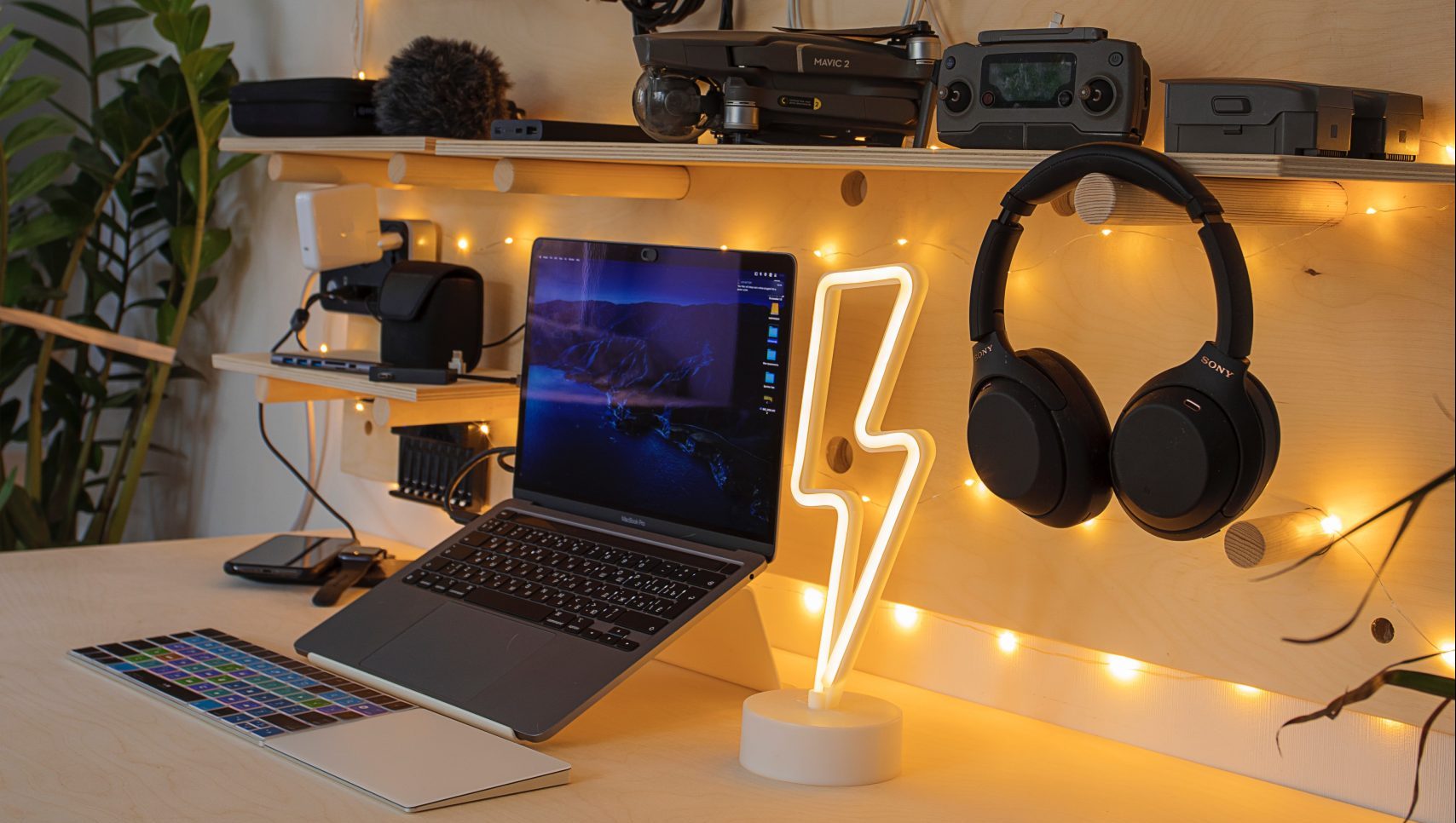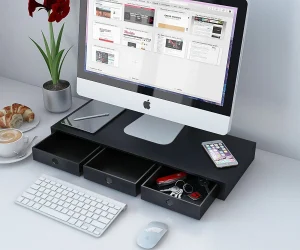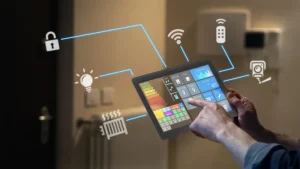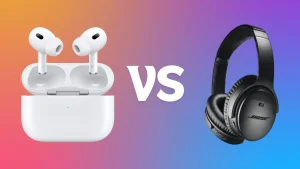As with all other technologies, the majority of Bluetooth devices have different functionalities and follow specific communication protocols. For example, smartphones are able to connect with headsets for hands free calling, and with speakers for streaming music.
Some Bluetooth headphones and speakers have a special multipoint pairing capability, which allows dual audio on Android phones or audio sharing on iPhones.
Connecting to a Bluetooth Speaker
Bluetooth speakers are an example of devices that can be connected to smartphones, as they allow streaming of music. The technology connects to other devices, like headphones and speakers, based on standardised rules, and your tunes sound the same regardless of which device you play them from. This is helpful when streaming high resolution audio files which might have latency issues over Bluetooth.
The ability to connect multiple Bluetooth speakers simultaneously depends on hardware and software considerations. Certain smartphones and laptops have built-in Bluetooth capabilities, which a user can use to link multiple devices at the same time. Other devices might require an external Bluetooth adapter; these non-Bluetooth devices can use third party software that manage multiple connections simultaneously.
Most Bluetooth distort speakers work with multiple devices at the same time, however, to make sure that they function perfectly, pairing mode on each device should be turned on correctly. Depending on how your model works, this might mean pressing a button or holding it for a few seconds until it lights up white, showing that it has paired with a Bluetooth device. Some Bluetooth speakers are even capable of multi-point pair for an immersive audio experience in parties or social events – These speakers often having their own separate button dedicated for these third party apps like AmpMe or Soundcore’s PartyCast to allow multi point pairing and have proprietary technologies such as Soundcore’s PartyCast to do so.
Connecting to a Bluetooth headset
Most Bluetooth devices have the ability to multi-task and, at the same time, engage in different types of activities which allows for the extension of communication. For example, one host device might be able to support an HFP (Hands-Free Profile) incoming call while simultaneously streaming music using the A2DP (Advanced Audio Distribution Profile). This allows different functions to be offered at the same time around a piconet using multiple paired Bluetooth devices; ideal in unified communications and collaboration scenarios with several users using headsets and speakers where voice communication needs to be clear, and music needs to be of high quality.
Before starting the head set connection, the first part involves confirming the headset and phone are in pairing mode. Most headsets provide a manual instruction guide on how to set pairing mode, and in most cases, it is achieved by pressing down the power/ pair button for 3-5 seconds until you see a light flashing. You can check the user guide from the manufacturer for the appropriate information on how to enable pairing mode.
Once the headphones are in pairing mode, go to Bluetooth settings on the mobile device and look for an option saying “Add a device.” The device scans for available Bluetooth devices around and should be able to locate them after a while. Once the devices are located they should show up for selection. Upon successful selection, the device will start playing music through the headset automatically and the volume settings on the phone or headset can be changed freely.
How to connect a Bluetooth keyboard
With the help of Bluetooth technology, there are multiple devices that can be connected without the use of cables such as a laptop, smartphone, speakers, among others. However, the capability of the device is determined by its specifications, and at times, depending on the operating systems, connections can become trickier.
Some devices have a multipoint feature that allows a single Bluetooth device to connect to two other devices at the same time. This is especially useful for audio devices such as headphones and speakers. One is able to stream music, take calls, and chat with several people all at once. Usually, the host Bluetooth device takes care of both data streams. The client devices only take care of specific tasks such as playing music or syncing fitness data.
Edits: Punctuation, spelling, flow, and grammar. “Each keyboard offers different methods for doing this; referring to its user manual is recommended.” Simplified to: “Every keyboard has a different way of accomplishing this, for more information consult the manual.” Next two sentences simplified a lot. “Supplies code” “Some systems require you to enter a verification code”,”Some systems require you to enter a verification code”. Used supplies code as the subject of the next sentence. “If having difficulty, restart both device(s)” was rewritten to “If having difficulties, restart devices”. Rest of the paragraph tries to smooth out wording. Sentences are very balanced in number of words.
Setting up a Bluetooth printer
From a mobile device, Bluetooth printing is far easier than traditional printing as it allows users to work on the move without needing a wired connection. To begin with, ensure that your printer is turned on. If it is not turned on, then you can turn it on by accessing the settings on your mobile device by tapping on the Bluetooth button and selecting to pair with it. After that, you can print from any app with AirPrint support via AirPrint directly to the printer.
Although most Bluetooth pairings are done seamlessly and don’t encounter many issues, in some cases, difficulties can arise due to reasons. A common one is different hardware and software vendors making devices in which the ‘Bluetooth language’ is different. For example, Apple and Dell printers could have Bluetooth connectivity issues.
All devices trying to connect via Bluetooth must have the same ‘Bluetooth Profile’ to be able to communicate. These profiles contain instructions that outline the actions a Bluetooth device is allowed to perform – which most commonly include audio output or data transfer. In most cases, the Master device, whether it’s a smartphone or a laptop, accepts the communication terms or capabilities between the participating devices like smartwatches, headphones, and the Master device.




